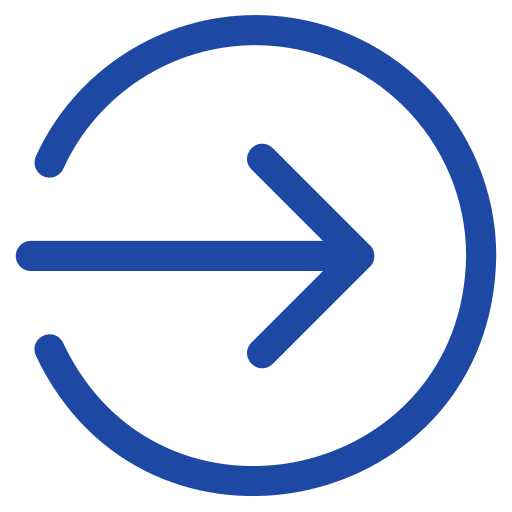/afaqs/media/media_files/2024/12/09/ODbEoJ9xQ6H24FLYnnZw.webp)
Omnicom Group and Interpublic Group (IPG) have finally secured the European Commission’s unconditional approval.
The two groups are set to complete a transaction valued at approximately $13 billion, having first announced their intent to merge in December 2024. The deal creates one of the largest advertising and marketing communications companies in history, and its journey to completion offers a revealing chronicle of the forces shaping the industry.
The story began publicly in December 2024 when the two boards confirmed that they had agreed to an all-stock deal that would see IPG become a wholly owned part of Omnicom through a carefully structured merger process.
In the early days that followed, analysts noted that the rationale for the tie-up rested on scale, data depth and technological capability.
Major advertisers had been demanding more integrated service offerings and stronger measurement architecture, and both groups faced growing competition from technology platforms that were increasingly encroaching on territory once controlled by agency holding companies.
The merger was positioned as a way to combine long-standing creative and media strengths with large investments in data-driven planning, AI tools, and performance solutions.
Navigating the regulations
Regulatory scrutiny was inevitable. The combined entity would have a significant presence across every major advertising market. By early 2025, both companies began notifying regulators and entering pre-filing consultations to prepare the ground for a multi-jurisdictional review. In March, Omnicom and Interpublic announced that each company’s respective stockholders approved Omnicom’s previously announced acquisition of Interpublic at each company’s Special Meeting of Stockholders.
Approvals began to arrive in stages, each representing an important step towards the finish line.
India was among the first large markets to grant clearance. The Competition Commission of India approved the deal in June 2025 after examining market overlaps in creative, media, and specialised services. The Indian approval was particularly significant, given the country’s scale and its influence on global delivery capabilities for creative, media, and digital operations.
However, not every jurisdiction moved as quickly. The United Kingdom’s Competition and Markets Authority opened a deeper investigation in mid-2025 to assess whether the merger could harm competition in a market already concentrated among a small number of global holding networks.
This examination reflected broader concerns that the consolidation of two giants might reduce client choice or raise switching costs for advertisers who rely on specific network capabilities.
Across the Atlantic, the United States also undertook a close assessment. The Federal Trade Commission eventually allowed the merger to proceed but introduced specific conditions that focused on future conduct.
These concerns reflected the wider American preoccupation with how large advertising groups might influence public discourse and how corporate power might be exercised in ways that go beyond purely commercial outcomes.
Through the summer and autumn of 2025, the companies collected clearances from multiple other markets. Yet the most consequential decision was always going to come from the European Commission.
The EU's review was very important because of how big and varied the European advertising market is, and any changes they required could have significantly changed how the merged company was set up.
After months of submissions, market testing and consultations, the Commission has now granted an unconditional approval. This was the final and most important regulatory hurdle, clearing the path for completion.
With the EU approval, the last operational steps are expected to move swiftly. Exchange mechanics have already been readied, and the parties are executing the remaining legal formalities.
What the merger means for the industry
This merger represents more than the joining of two long-standing rivals. It signals an industry pivot towards size, integrated solutions, and technological investment on a scale that independent players often cannot match.
Clients may benefit from deeper data pools, stronger AI-powered planning systems and more globally aligned service structures. However, the consolidation also heightens scrutiny. Regulators and large advertisers will keep a close watch on whether such size limits choice or weaken competition.
For the holding company landscape, the deal is likely to accelerate further consolidation as other networks evaluate whether they too need to bulk up to compete effectively.
Independents may find new opportunities in offering specialised or agile services that large networks cannot deliver with the same speed. Meanwhile, talent dynamics could shift as the merged group rationalises overlapping functions while strengthening high-growth areas such as data analytics, commerce and AI.
Ultimately, the Omnicom and IPG merger marks a defining moment in the evolution of the global advertising industry. It represents both an endpoint to years of escalating structural pressures and the beginning of a new competitive era where scale, technology and responsible corporate conduct will together define the winners of the next decade.
/afaqs/media/agency_attachments/2025/10/06/2025-10-06t100254942z-2024-10-10t065829449z-afaqs_640x480-1-2025-10-06-15-32-58.png)
 Follow Us
Follow Us